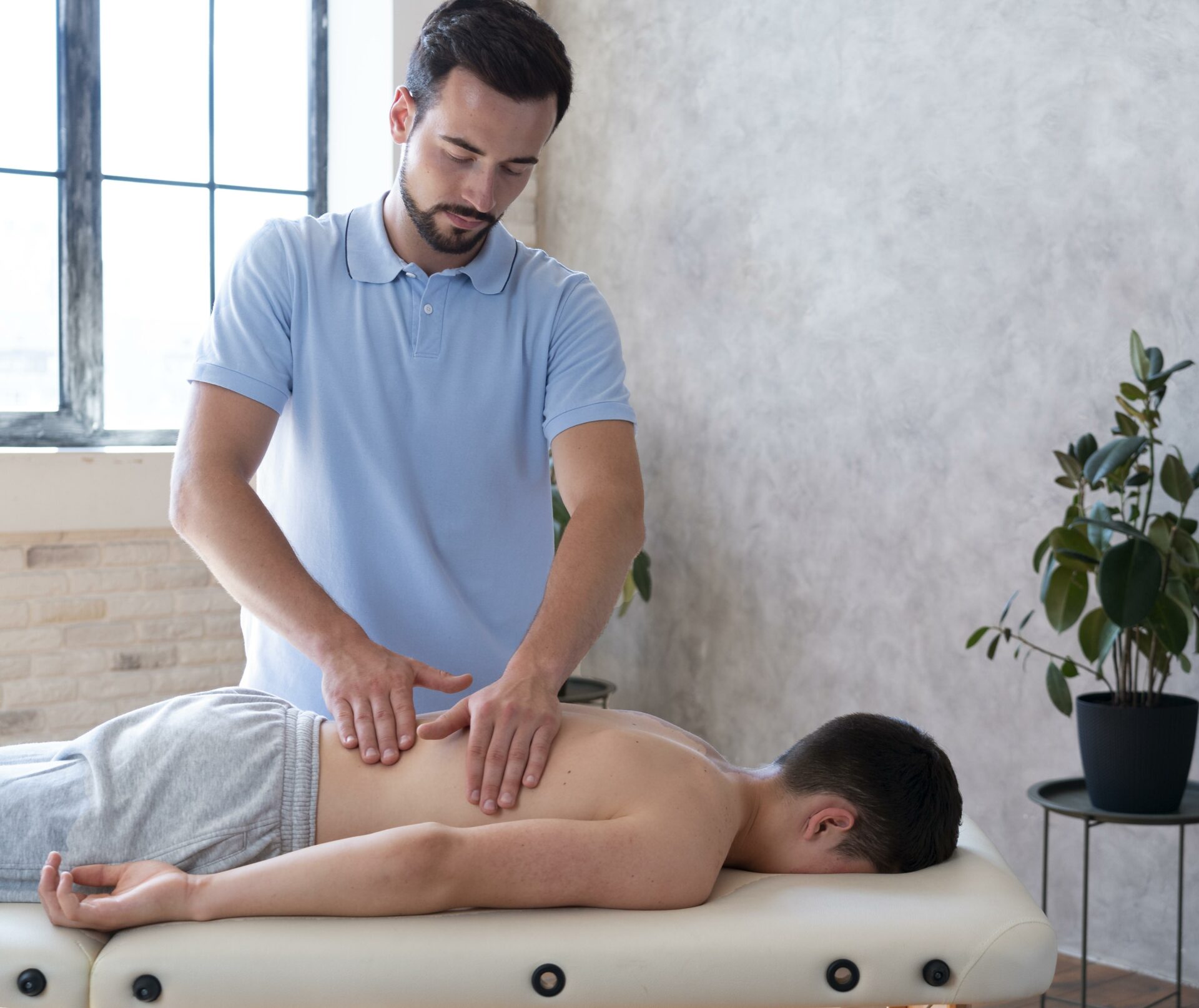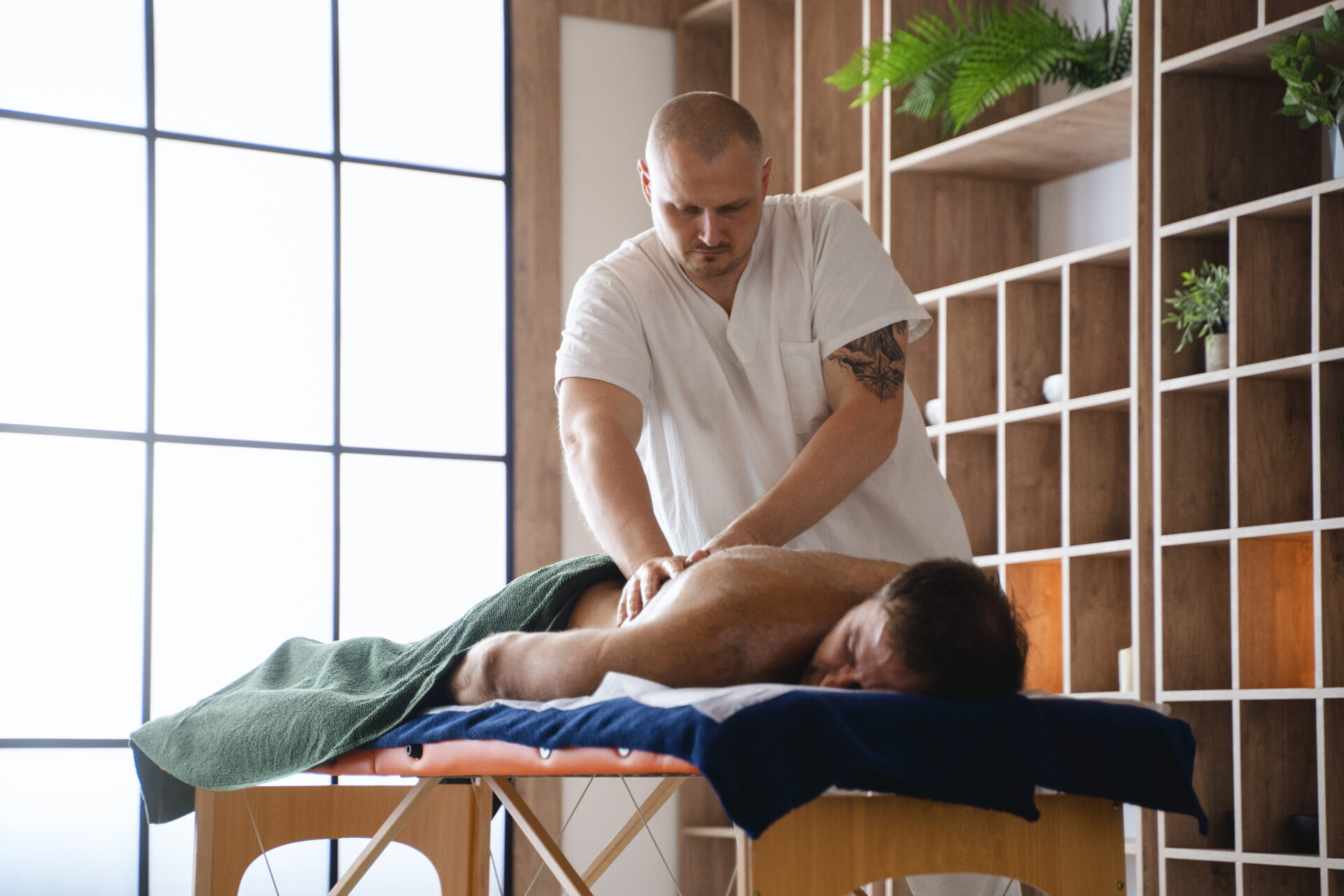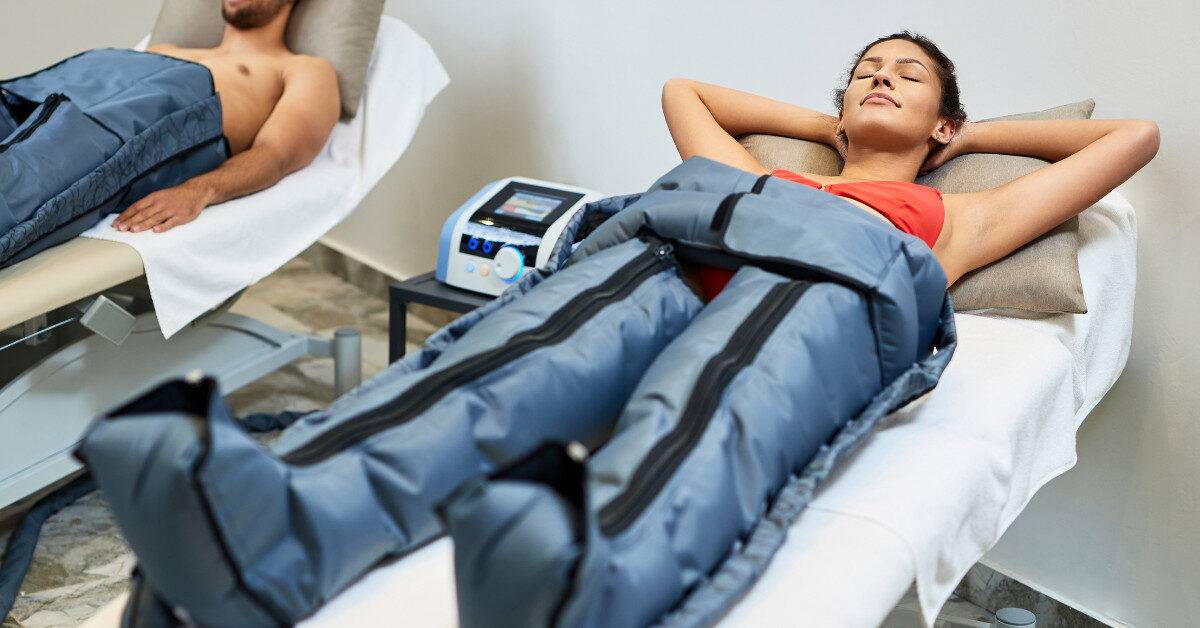Whether you’re a professional athlete or a weekend warrior, achieving peak performance and rapid recovery are always top priorities. While training, diet, and rest are the pillars of athletic performance, one often-overlooked tool can make a major difference: Therapeutic Deep Tissue Massage. At MG Sports Massage, we specialize in helping athletes reach their full potential through targeted deep tissue treatments designed to improve flexibility, prevent injuries, and enhance recovery.
What is Therapeutic Deep Tissue Massage?
Therapeutic Deep Tissue Massage is a technique that targets the deeper layers of muscle and connective tissue using slow, firm strokes and sustained pressure. Unlike relaxation-focused massage, this method is specifically designed to relieve chronic tension, break up scar tissue, and improve mobility.
It focuses on the fascia (connective tissue) and muscular layers that often get tight or inflamed due to repetitive motion, overuse, or injury—common issues among athletes.

Why Every Athlete Should Consider Deep Tissue Massage
Athletes constantly push their bodies to the limit, making recovery and maintenance essential. Here’s how deep tissue massage directly impacts performance and health:
1. Reduces Muscle Tension and Soreness
After an intense workout, lactic acid builds up in the muscles, leading to stiffness and soreness. Deep tissue massage helps flush out toxins, improves blood flow, and alleviates tightness.
Benefits:
-
Relieves post-workout muscle fatigue
-
Promotes faster muscle recovery
-
Improves overall comfort and range of motion
2. Enhances Flexibility and Range of Motion
Limited range of motion can hinder athletic performance and increase injury risk. Therapeutic massage breaks up adhesions and restores elasticity to muscles and joints.
Athletes report:
-
Improved speed and agility
-
Easier, more fluid movements
-
Reduced stiffness during training
3. Speeds Up Recovery from Injuries
Injuries like strains, sprains, or tendinitis can set back progress. Deep tissue massage promotes faster healing by increasing circulation to the affected area, reducing inflammation, and minimizing scar tissue formation.
Helps with recovery from:
-
Hamstring pulls
-
Shin splints
-
IT band syndrome
-
Lower back pain
The Science Behind Deep Tissue Massage and Performance
Research has shown that massage therapy can lead to measurable improvements in athletic performance and recovery. A study published in the Journal of Athletic Training found that athletes receiving deep tissue massage experienced significant improvements in flexibility and muscle soreness compared to control groups.
Key mechanisms include:
-
Improved lymphatic drainage to remove toxins and reduce swelling
-
Enhanced circulation for better oxygen and nutrient delivery to muscles
-
Neuromuscular relaxation that helps reset the nervous system after high stress
Pre-Event and Post-Event Massage: What’s the Difference?
At MG Sports Massage, we tailor each session based on the athlete’s specific needs. Depending on the timing and type of sport, the focus of deep tissue massage may change.
Pre-Event Deep Tissue Massage
-
Typically lighter and faster-paced
-
Aims to stimulate circulation and warm up muscles
-
Helps reduce anxiety and mental stress
-
Prevents injuries by ensuring muscles are pliable and ready
Post-Event Deep Tissue Massage
-
Slower and more focused on recovery
-
Aims to flush out metabolic waste
-
Reduces delayed onset muscle soreness (DOMS)
-
Supports relaxation and sleep for better recovery
How Often Should Athletes Get Deep Tissue Massage?
Massage frequency depends on the intensity and frequency of training. However, many professional athletes incorporate therapeutic massage into their routine 1–2 times per week during heavy training and at least once every two weeks during off-season or lighter periods.
General Recommendations:
-
High-level competitors: 1–2 times per week
-
Regular gym-goers: Bi-weekly or monthly
-
During injury recovery: 1–2 times per week until symptoms improve

Success Stories at MG Sports Massage
Many of our clients, from amateur runners to elite triathletes, have reported major improvements after integrating therapeutic deep tissue massage into their routine.
A few examples:
-
A marathon runner shaved 10 minutes off her time after 3 months of bi-weekly massage sessions targeting her hip flexors and calves.
-
A CrossFit athlete saw a significant reduction in shoulder pain and overhead movement restriction.
-
A cyclist suffering from chronic IT band tightness returned to full training in just four weeks.
What to Expect During Your First Deep Tissue Massage
Understanding what happens during a session can help ease any anxiety. While deep tissue massage can be intense, it should never be painful. At MG Sports Massage, our therapists communicate clearly with clients and tailor pressure to individual pain thresholds and goals.
A typical session includes:
-
A brief consultation to discuss training load, goals, and concerns
-
Assessment of posture and mobility
-
Slow, deep strokes using fingers, thumbs, elbows, and forearms
-
Focus on key muscle groups like the hamstrings, quads, glutes, back, and shoulders
-
Aftercare advice (hydration, stretching, or mobility drills)
Complementary Techniques We Use
At MG Sports Massage, we often combine therapeutic deep tissue massage with other proven methods to enhance outcomes.
Integrated Therapies:
-
Myofascial Release – for improving fascial flexibility
-
Trigger Point Therapy – targeting specific tight areas or “knots”
-
Cupping Therapy – to boost circulation and release tension
-
Sports Stretching – to reinforce massage benefits
Each of these methods complements deep tissue massage to help athletes feel looser, lighter, and more mobile.
Key Takeaways: Why Deep Tissue Massage is a Game-Changer
Therapeutic deep tissue massage is not just a luxury—it’s a performance-enhancing and injury-preventing necessity for any serious athlete. By targeting the deeper layers of muscles, fascia, and connective tissue, it helps athletes stay in peak condition, recover faster, and reduce the risk of injuries that can derail progress.
In Summary:
-
Alleviates chronic muscle tension
-
Increases range of motion and flexibility
-
Speeds up injury recovery
-
Reduces post-exercise soreness
-
Improves blood and lymphatic circulation
-
Enhances overall athletic performance
Conclusion:
At MG Sports Massage, we’re passionate about helping athletes of all levels achieve their goals through expertly delivered Therapeutic Deep Tissue Massage. Whether you’re preparing for a competition, recovering from an injury, or simply trying to move better, our team is here to support your journey.
Book your first session today and discover how therapeutic deep tissue massage can help you move, perform, and recover like never before.




